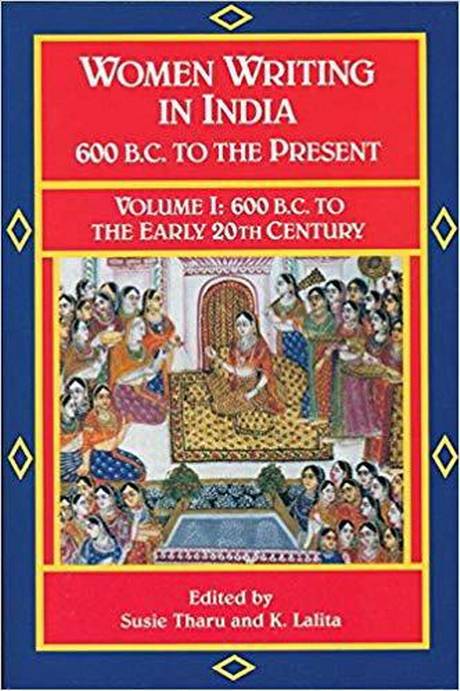G S Jayasree – MARCH 07, 2019
Despite facing a double disadvantage of language and gender, body of translation literature of and by women is growing in the country
Women translators. Translating women. The moment we begin writing about women engaged in the act of moving a text from one language to another, we face the very challenges every translator is forced to – grappling with words, meanings. Who are the women translators? Why do they take up the task of translation? Is translation a gendered act? Do words have gender inscribed in them? Complex questions that have begun to surface only in the recent past with what we could call the ‘critical turn’ in translation.
We have had women freely shifting poetry from one language to another at the time of the Bhakti Movement from the late 14th century to the beginning of the 17th century. However, women were active in writing well before that. Scholars are fairly certain that many of the poems that have remained anonymous in the Sangam literature of ancient Thamizhagam were composed by women. Social circumstances might have forced these women from acknowledging their creative expressions. However, textual elements like the choice of themes, use of kinship terms and stylistic devises preferred like the stringing of synonyms, employing adjectives and so on help us to determine authorship.
Historically, it is true that women writers have enjoyed lesser visibility when compared with men. This is true all over the world. Women have employed several strategies to counter this. It is interesting to observe the striking similarities in the ways women across continents have employed to overcome social disabilities. We can call it linguistic veiling, covering the markers of identity, even when you use language as a medium to express the core of your self. Seeing through this covering, interpreting what the author may have intended, and, rendering it in another language is a risky proposition, fraught with the dangers of misreading and misinterpretation. Many women translators have ventured into this tricky field and we shall discuss their work in detail in the coming weeks.
If women are ceded lesser space in the cultural world, the recognition women writers in the regional languages, or the bhashas, gain is even less in the national and international scene, if their works are not translated into English or any other European language. Globally, the world of publishing continues to be Euro-centric, with the rules of the game being set by multinational players.
GS Jayasree | Photo Credit: S Gopakumar
Being available in one of those languages preferred by these monopolies is a pre-condition for international readership and acceptance. Within India, the preference is to appear in English to have a readership outside your chosen language, to overcome the double disadvantage of language and gender.
This hegemony of English harks back to our colonial past, though the language has now become the lingua franca in the metropolitan cities in the country.
It is interesting to observe the game plans translators, particularly translators of women’s texts and women translators, have employed to counter the unequal distribution of power between English and the bhashas.
We can discern a certain levelling of inherent hierarchies and a fusing of native characteristics, the result of which the translated texts have gained a wide readership in India and abroad. The Indian diaspora scattered across the globe too reach out to their native lands through their favourite authors in their English avatar.
Women Writing in India: 600 BC to the Present, originally published in 1991, may be said to have initiated the conscious exercise of projecting women’s writing in the regional languages from the country in English.
Edited by Susie Tharu and K Lalitha, the two-volume anthology is a meticulous exercise in mapping cultural history and firmly locating women’s place from times as early as 600 B C. The finely curated selections open a window to women and their struggles in writing, never before seen or heard.
Women’s writing, both in English and in translations into English, gained recognition as an academic discipline across the country with the publication of the Tharu-Lalitha volumes. Universities across the country began offering courses on women’s writing, and the bhashas looked up. Women writers gained confidence. The fearful symmetry of the volumes framed women’s writing for generations thereafter.
(The author is founding editor, Samyukta: A Journal of Gender & Culture. This is the first part of a series on translation and woman translators)

